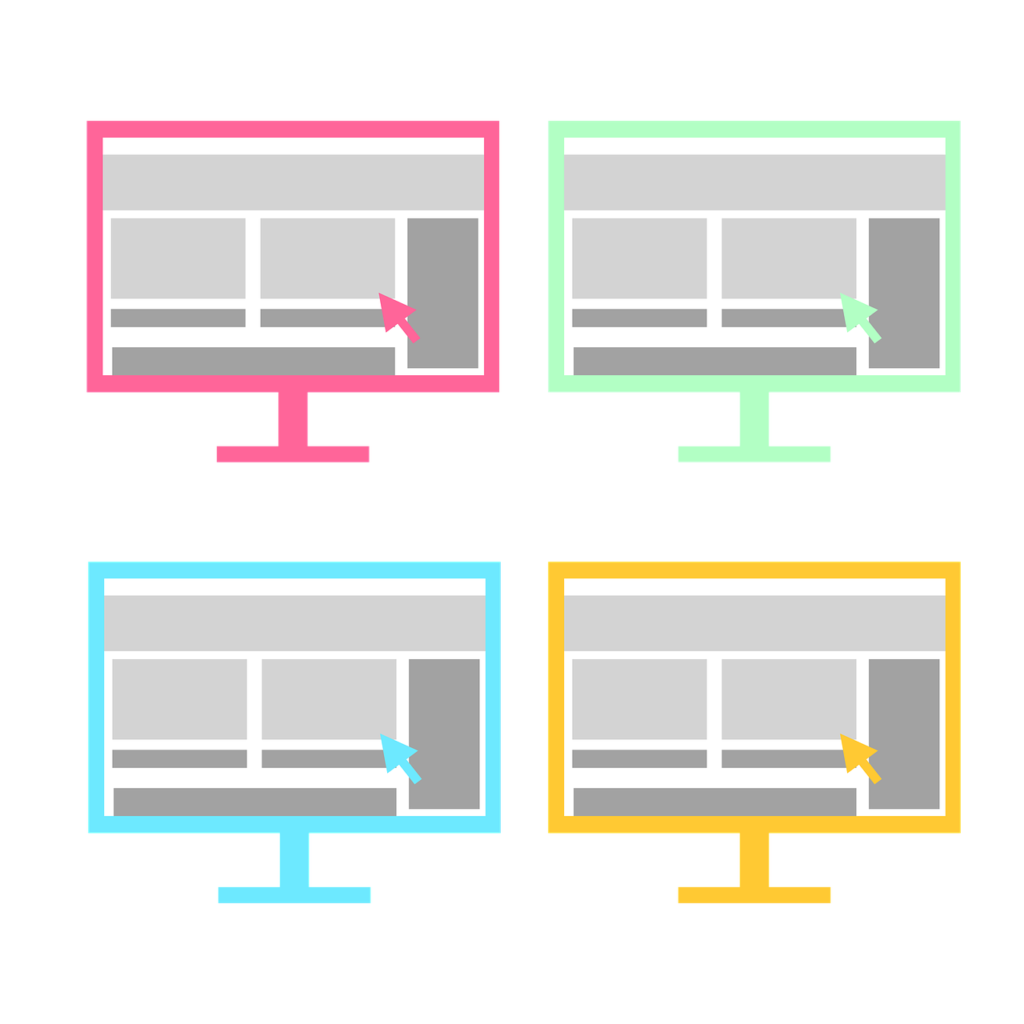Step into the enchanted realm of the digital era, where websites have transcended into the vibrant faces of businesses and organizations. They weave spells of connection, captivating customers, clients, and users in a web of experiences. Enter the sorcerer known as User Experience, or UX design, harnessing its mystical powers to transform a mere website into a mesmerizing journey.
With UX as our guiding wand, we will embark on a quest to unveil the secret behind creating extraordinary websites. Discover how UX shapes usability, accessibility, and the ethereal dance between users and digital landscapes, propelling businesses to the pinnacle of success.

Table of Contents
ToggleUnderstanding User Needs
The foundation of UX design lies in understanding the needs and expectations of the target audience. By conducting thorough research and gathering user insights, designers can identify pain points, preferences, and behaviours that will shape the website’s structure and functionality.
This user-centered approach ensures that the website aligns with the target users’ goals, providing them with a seamless and enjoyable experience. Adding interactive prototypes early in the design process allows for real-time feedback and adjustments, ensuring the final product resonates more deeply with users’ needs and expectations.
Improving Usability
A key aspect of UX design is enhancing the website’s usability. Usability refers to how easily users can navigate, understand, and interact with a website. A well-designed user interface (UI), clear navigation, and intuitive interactions can significantly impact a user’s ability to find information, complete tasks, and achieve their goals.
By focusing on usability, websites can minimize user frustration and increase overall satisfaction, leading to longer user engagement and repeat visits. Incorporating accessibility guidelines from the outset not only broadens the site’s reach but also enhances usability for all users, creating a more inclusive digital environment.
Enhancing Accessibility
Accessibility is another crucial element of UX design that ensures websites can be accessed and used by individuals of all abilities. A website that is accessible provides equal opportunities for everyone, including people with disabilities.
By implementing features such as alternative text for images, keyboard navigation, and captioning for multimedia content, websites can accommodate a diverse range of users. Improved accessibility not only makes websites more inclusive but also helps businesses comply with accessibility regulations and avoid potential legal issues.
Streamlining Content and Information Architecture
Effective content organization and information architecture are essential for creating great websites. Users should be able to find the information they seek quickly and easily.
UX design helps streamline content by employing clear and logical structures, intuitive categorization, and appropriate labeling. By presenting content in a user-friendly manner, websites can reduce cognitive load, facilitate information absorption, and enhance the overall user experience.
Optimizing Performance and Speed
A great website not only looks good but also performs efficiently. Slow-loading pages and laggy interactions can frustrate users and drive them away. UX design involves optimizing website performance by minimizing file sizes, leveraging caching techniques, and adopting responsive design principles.
By prioritizing speed and performance, websites can provide users with a smooth and seamless browsing experience across various devices, leading to increased engagement and reduced bounce rates.
Encouraging User Engagement
Engagement is a critical factor in determining the success of a website. UX design plays a pivotal role in encouraging user engagement by incorporating interactive elements, visual appeal, and compelling calls to action.
By creating engaging experiences, websites can captivate users’ attention, encourage exploration, and drive desired actions such as making a purchase, filling out a form, or subscribing to a newsletter. Positive user engagement not only boosts conversions but also fosters brand loyalty and advocacy.
Iterative Ux Design and Continuous Improvement
UX design is an iterative process that involves ongoing evaluation and improvement. By analyzing user feedback, conducting usability testing, and monitoring user behavior through analytics, websites can identify areas for enhancement and make data-driven design decisions.
Continuously refining the user experience ensures that websites stay relevant, adaptable, and aligned with evolving user expectations, technological advancements, and business objectives. Leveraging A/B testing for different design elements can provide concrete data on user preferences, further fine-tuning the website’s usability and user satisfaction.

Building Trust and Credibility
Trust is a vital component of any successful website. Users are more likely to engage with a website that appears trustworthy and credible. UX design plays a significant role in building this trust by creating a polished and professional interface, providing accurate and reliable information, and ensuring secure and transparent transactions.
A well-designed website with clear communication and intuitive interactions instills confidence in users, encouraging them to stay longer, explore further, and develop a positive perception of the brand or organization.
Mobile Responsiveness and Adaptability
In today’s mobile-driven world, ensuring that websites are mobile-responsive is paramount. Mobile devices account for a significant portion of internet traffic, and users expect seamless experiences across various screen sizes and resolutions.
UX design focuses on creating responsive websites that adapt to different devices, maintaining consistent functionality and visual appeal. By prioritizing mobile responsiveness, websites can cater to the growing number of mobile users, improve accessibility, and avoid alienating a significant portion of their audience.
A Competitive Advantage
In an increasingly crowded online landscape, having a competitive advantage is crucial. A website that prioritizes UX design can differentiate itself from competitors and stand out in users’ minds. By delivering an exceptional user experience, websites can create a positive impression, foster brand loyalty, and gain a competitive edge.
Users are more likely to choose a website that is easy to use, visually appealing, and meets their needs over one that falls short in these areas. Investing in UX design is an investment in the long-term success and sustainability of a website in a highly competitive digital environment.
Conclusion
In conclusion, User Experience (UX) design is the secret ingredient that elevates a website from ordinary to extraordinary. By focusing on user needs, improving usability and accessibility, streamlining content, optimizing performance, and encouraging engagement, websites can create remarkable experiences that captivate users and drive business success. UX design is not a one-time effort but an ongoing process of evaluation, refinement, and adaptation.
By prioritizing UX, websites can build trust, adapt to mobile devices, gain a competitive advantage, and establish themselves as a go-to destination for users. Remember, the key to creating a great website lies in putting the user at the center of every design decision and delivering an exceptional user experience at every touchpoint.



